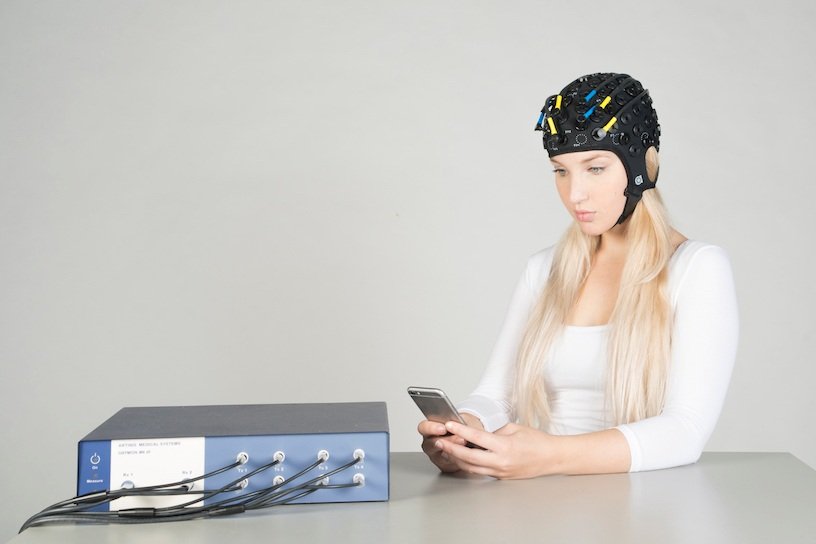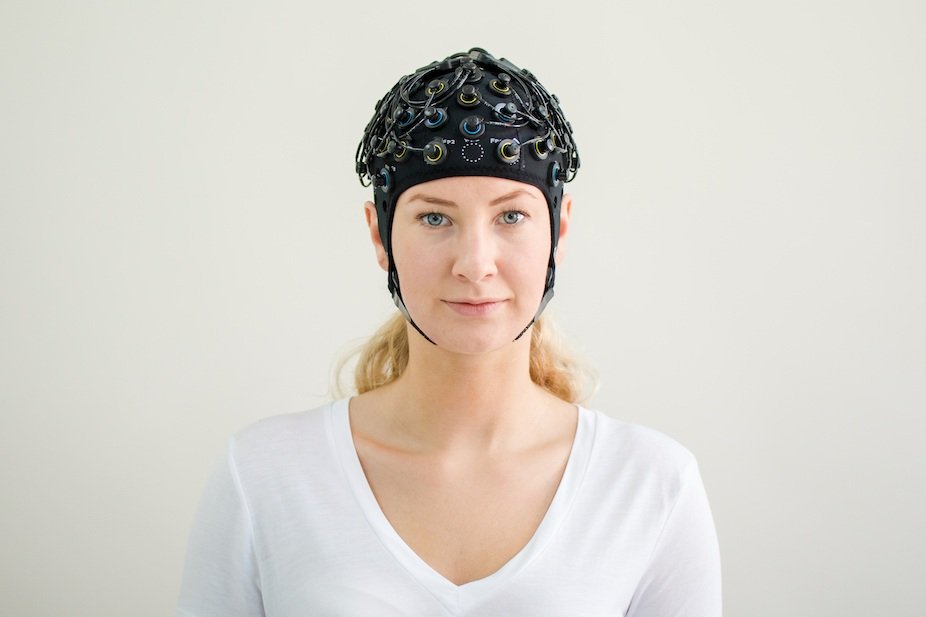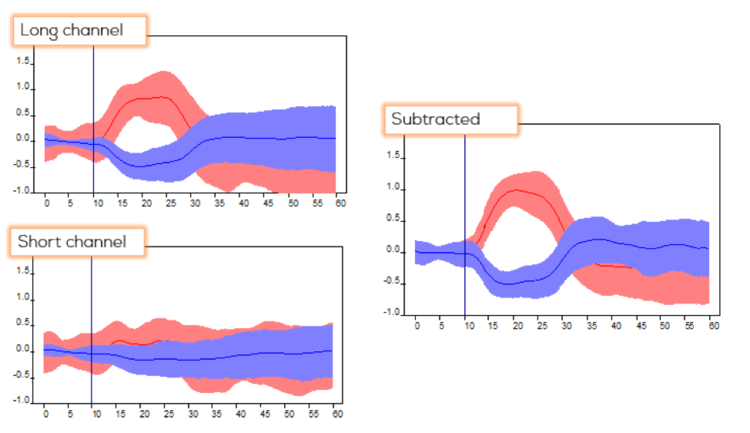In Artinis NIRS blog, you will find the latest trends in (f)NIRS, NIRS studies and applications, tutor from the leaders of near infrared spectroscopy, not to mention detailed insights and tips and tricks for your research!
Search blog post topic

How NIRS is used in brain-computer interfaces
Imagine a person wearing a Brite and playing a demanding video game. This video game is difficult, and the mental workload is increasing drastically. Changes in blood volume, or hemodynamic changes, which are associated with the increase in workload is registered using the Brite. This blog will expand on how a NIRS-based BCI works and what researchers have made possible using NIRS-based BCI.

User insight: observing NIRS research with the Artinis PortaLite on elderly
We like to incorporate the user from the very first beginning in our development process. Talking with researchers and clinicians, we get to know what’s driving them and what their expectations and suggestions are for our devices. We are constantly trying to understand their feelings and see the world from their perspective to optimize our NIRS devices. One way of doing this is observing and questioning the user that is working with the device, and subject that is wearing the NIRS device. This way, we are trying to gain new insights for existing and future NIRS products.

PROMPT project: towards personalized treatment of mobility dysfunction
In this project we will focus on one of the most disabling symptoms of Parkinson’s disease, freezing of gait – episodic absence or reduction in the ability to produce an effective stepping in spite of the intention to walk (Nutt et al., 2011).

Short separation channels: the new trend in fNIRS
Short separation channels are the new trend in fNIRS. However, what is the functionality of such a short separation channel in brain oxygenation research?

Publication overview 2018
A special thanks to our customers who published so many articles with our (f)NIRS devices and we hope you will keep on publishing in the future!

A research lab on wheels: unveiling the Sophia Bus
The Sophia Bus was an idea pitched by researchers from the Department of Child and Adolescent Psychiatry and Psychology within Erasmus MC-Sophia Children’s Hospital. As a national expertise center for many rare neurodevelopmental syndromes, children all over the Netherlands need to travel all the way to Rotterdam frequently to participate in research studies. The Sophia bus minimizes the burden for these patients by offering the solution to this problem: a mobile research lab that carries researchers to the patients’ doorstep.

A research lab on wheels: an interview with Dr. Sabine Mous
Thanks to the very generous gifts of local companies and private individuals during the ‘Lichtjesactie’ (translates as ‘Candles project’) that was organized during Christmas time last year by the Stichting Vrienden van Sophia, the Sophia Childrens hospital were able to buy a camper van, which has been remodeled and transformed into a mobile research lab under close guidance of dr. Sabine Mous.

fNIRS for children with Artinis Brite
Watch how comfortable the Brite is, even for babies! #fNIRS

Win a Brite for your study!
You can win a Brite system for your research project! What do you need to do? We ask you to write a short proposal, 2 pages maximum, of your research project. The most outstanding proposal will win Artinis Brite for the entire duration of your data collection period.

How to set up your Brite video
Watch how easy setting up your Brite is!
The Brite is the only wearable fNIRS device worldwide that can measure the oxy-, deoxy- and total hemoglobin in every part of the head, e.g. prefrontal cortex, motor cortex, or visual cortex.

Combining the world of NIRS and EEG
EEG and fNIRS are complementary measuring techniques. EEG measures electrophysiological brain activation, that is the electromagnetic field created when neurons in the brain are firing. fNIRS measures the hemodynamic response, that is the change of oxygen in the blood when a brain region becomes active. By combining EEG and fNIRS, a more complete picture of brain activity is obtained: activation of neurons and energy demand of neurons.

The do's and don'ts of baselines
A common question we get from our customers is what is a baseline and how to use it. Generally with fNIRS, the absolute values are arbitrary. The period before a stimulus is often referred to as the baseline. In this blog we will describe the do's and don'ts of baselines.
